The Jokhang Temple Lhasa — Tibet¸ China The Jokhang also called the Qokang Monastery, Jokang, Jokhang Temple, Jokhang Monastery or Zuglagkang, is located on Barkhor Square in Lhasa. For most Tibetans it is the most sacred and important temple in Tibet. It is in some regards pan-sectarian, but is controlled by the Gelug school. The temple's architectural style is a mixture of Indian vihara design, Chinese Tang Dynasty design, and Nepalese design.
The Jokhang also called the Qokang Monastery, Jokang, Jokhang Temple, Jokhang Monastery or Zuglagkang, is located on Barkhor Square in Lhasa. For most Tibetans it is the most sacred and important temple in Tibet. It is in some regards pan-sectarian, but is controlled by the Gelug school. The temple's architectural style is a mixture of Indian vihara design, Chinese Tang Dynasty design, and Nepalese design.
The Jokhang Temple Lhasa — Tibet¸ China
 The Jokhang also called the Qokang Monastery, Jokang, Jokhang Temple, Jokhang Monastery or Zuglagkang, is located on Barkhor Square in Lhasa. For most Tibetans it is the most sacred and important temple in Tibet. It is in some regards pan-sectarian, but is controlled by the Gelug school. The temple's architectural style is a mixture of Indian vihara design, Chinese Tang Dynasty design, and Nepalese design.
The Jokhang also called the Qokang Monastery, Jokang, Jokhang Temple, Jokhang Monastery or Zuglagkang, is located on Barkhor Square in Lhasa. For most Tibetans it is the most sacred and important temple in Tibet. It is in some regards pan-sectarian, but is controlled by the Gelug school. The temple's architectural style is a mixture of Indian vihara design, Chinese Tang Dynasty design, and Nepalese design.The Jokhang Temple Lhasa — Tibet¸ China

History — The Jokhang temple was first constructed by King Songtsän Gampo (see also internet variant Songsten Gampo) probably in 642. It was originally called the Rasa Tulnang Tsuklakang or The House of Mysteries, The Magical Emanation at Rasa [the early name for Lhasa]. Both Bhrituti and Wencheng, the Nepalese and Chinese wives of Songsten Gampo are said to have brought important Buddhist statues and images to Tibet as part of their dowries, and they were housed here.
It was boarded up during the reign of the Bönpo king, Langdharma (reigned 838–841 CE). The famous Buddhist Master Atisha taught here in the 11th century and it has been considered the most important temple in Lhasa ever since.
This temple has remained a key center of Buddhist pilgrimage for centuries. It was sacked several times by the Mongols, but the building survived. In the past several centuries the temple complex was expanded and now covers an area of about 25,000 sq. meters.
In July 1966, the monastery was sacked and desecrated by Red Guards during the so-called Great Proletarian Cultural Revolution. Thousands of Buddhist scriptures were looted and burned.
The Jokhang Temple Lhasa — Tibet¸ China
The Jokhang Temple Lhasa — Tibet¸ China
The Jokhang Temple Lhasa — Tibet¸ China
The Jokhang Temple Lhasa — Tibet¸ China
The Jokhang Temple Lhasa — Tibet¸ China
The Jokhang Temple Lhasa — Tibet¸ China
The Jokhang Temple Lhasa — Tibet¸ China
The Jokhang Temple Lhasa — Tibet¸ China
The Jokhang Temple Lhasa — Tibet¸ China
The Jokhang Temple Lhasa — Tibet¸ China
The Jokhang Temple Lhasa — Tibet¸ China
The Jokhang Temple Lhasa — Tibet¸ China
The Jokhang Temple Lhasa — Tibet¸ China
The Jokhang Temple Lhasa — Tibet¸ China
The Jokhang Temple Lhasa — Tibet¸ China
The Jokhang Temple Lhasa — Tibet¸ China
The Jokhang Temple Lhasa — Tibet¸ China
The Jokhang Temple Lhasa — Tibet¸ China
The Jokhang Temple Lhasa — Tibet¸ China
The Jokhang Temple Lhasa — Tibet¸ China
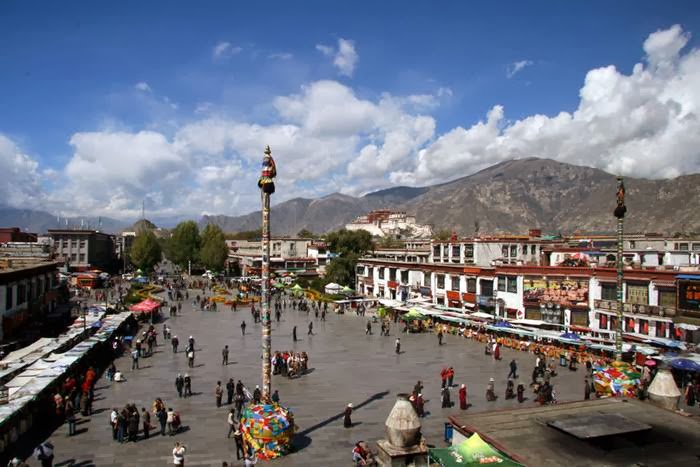


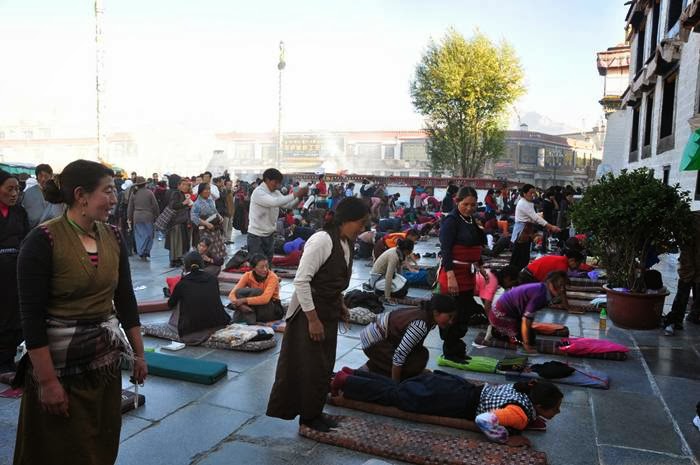

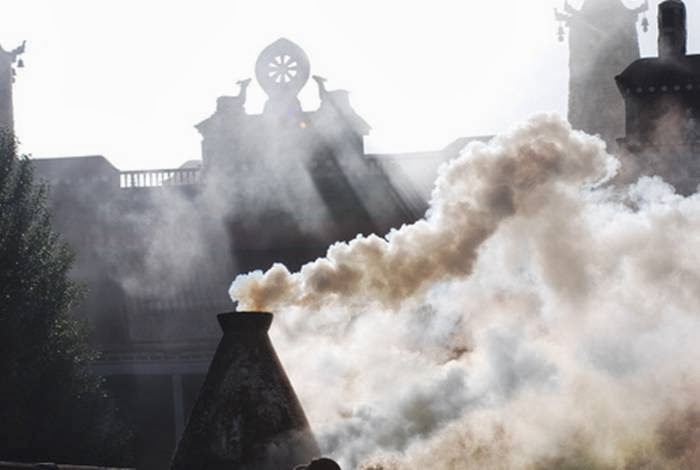
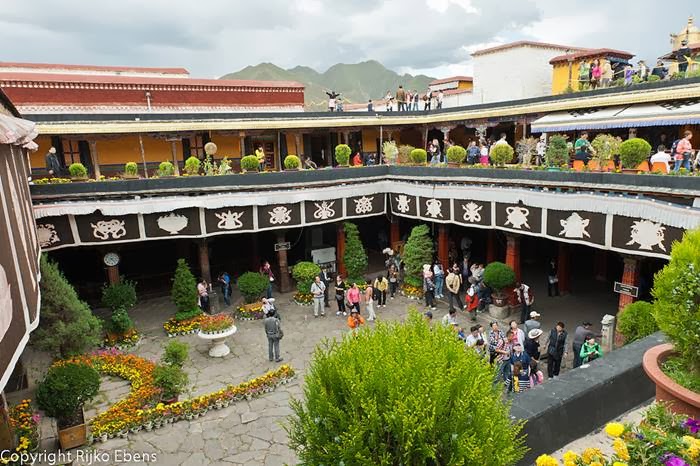
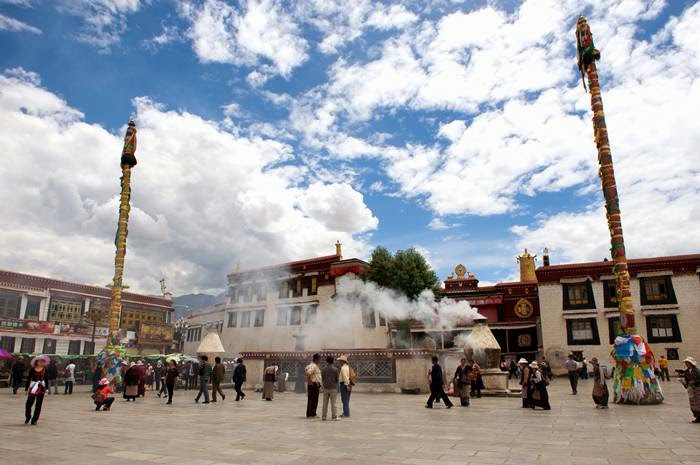

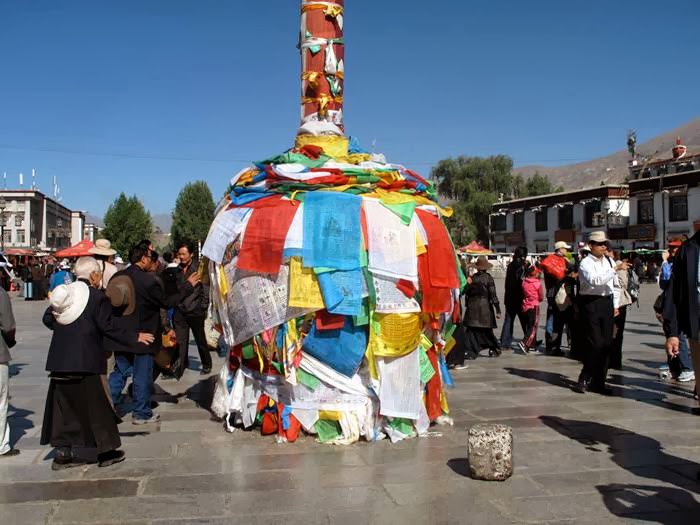


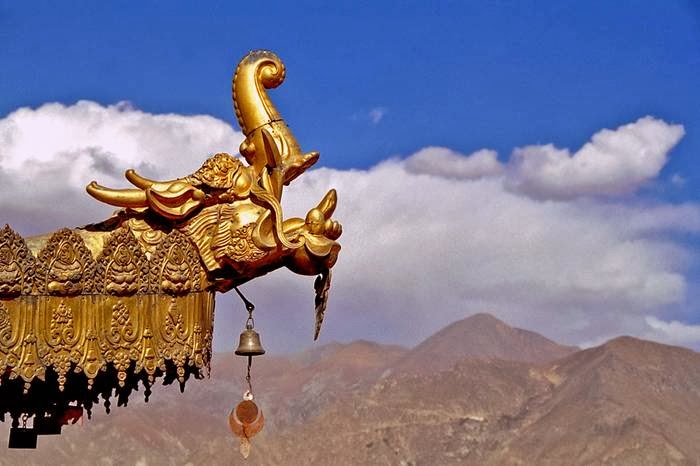

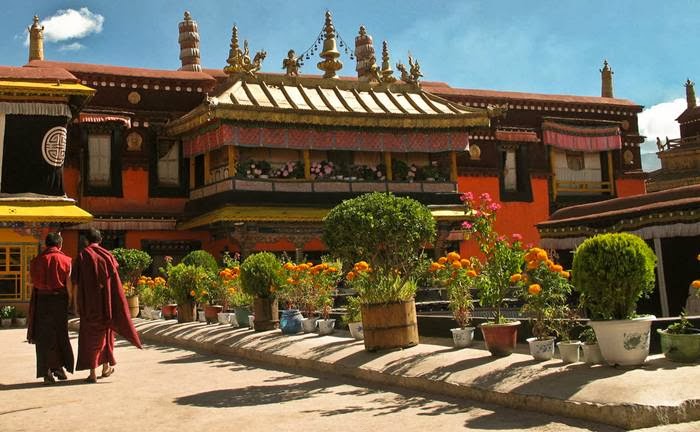
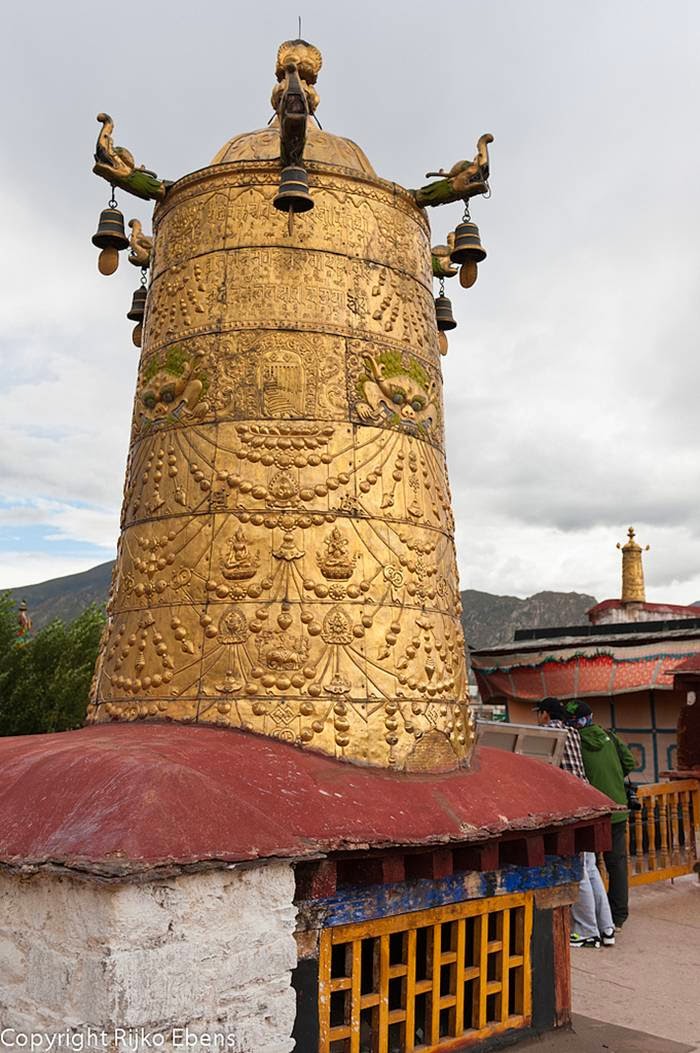
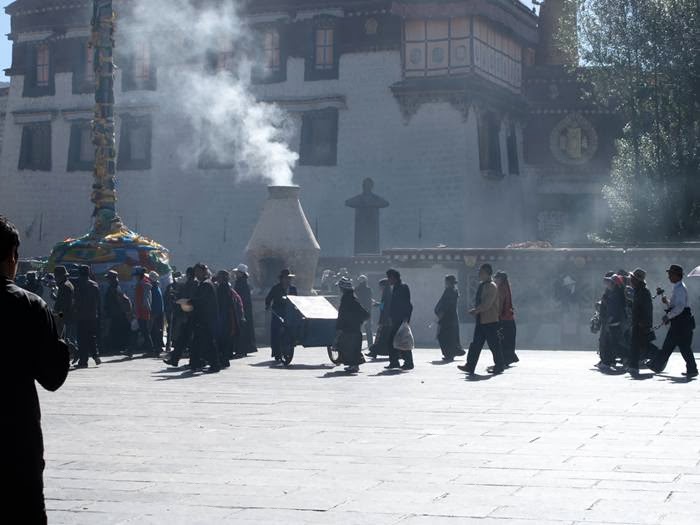


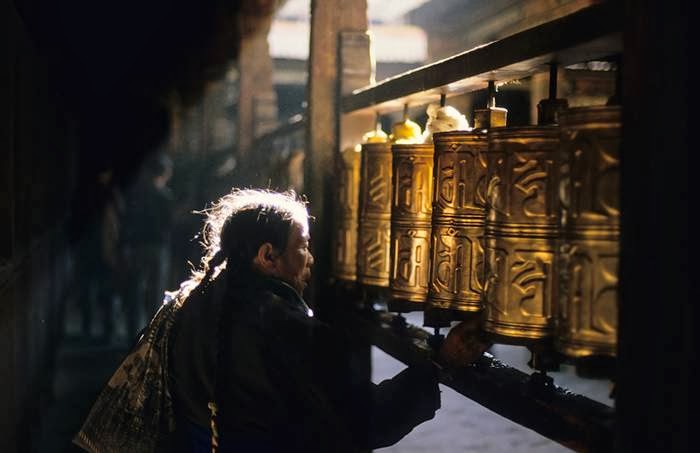

No comments:
Post a Comment
Note: only a member of this blog may post a comment.